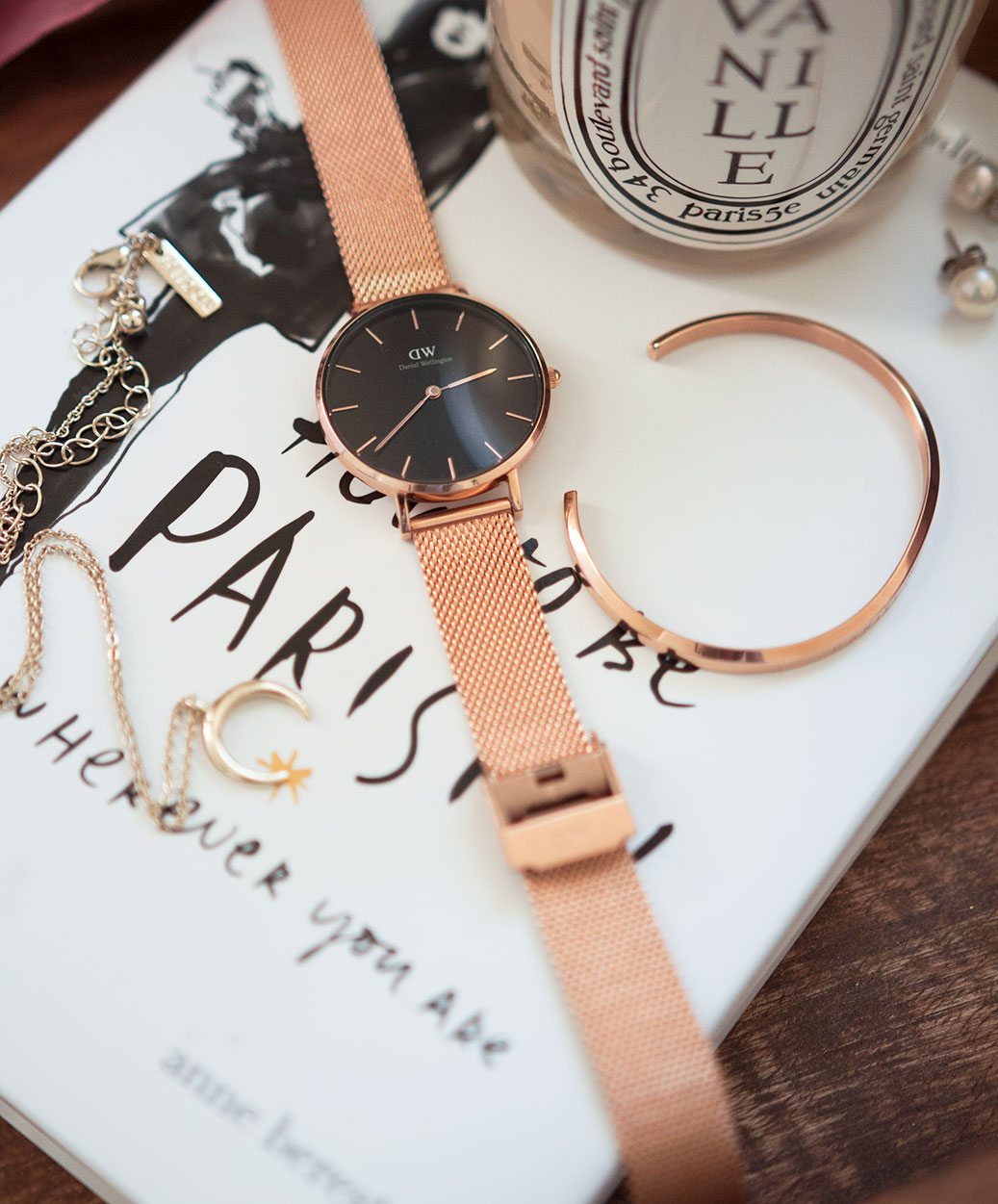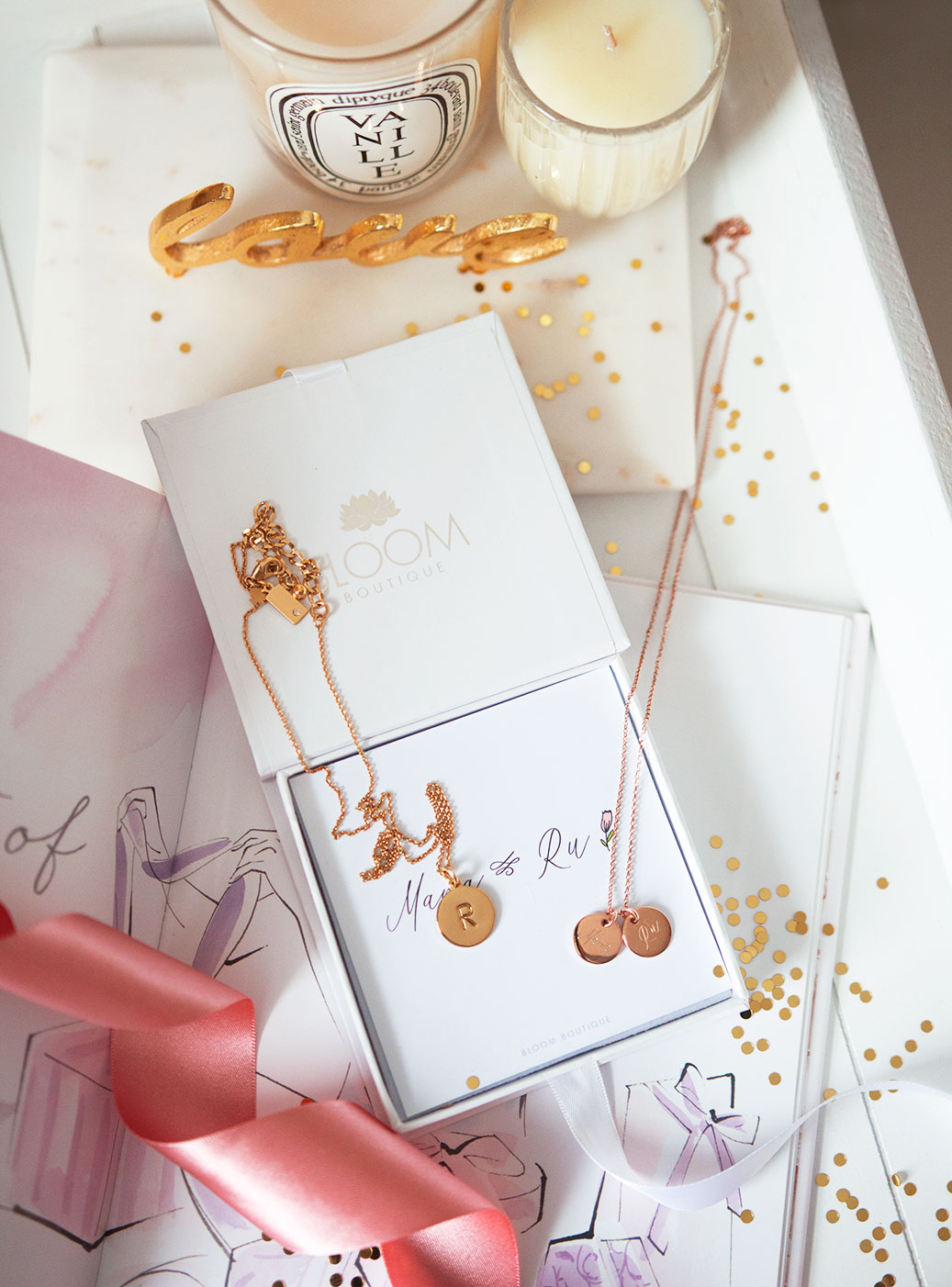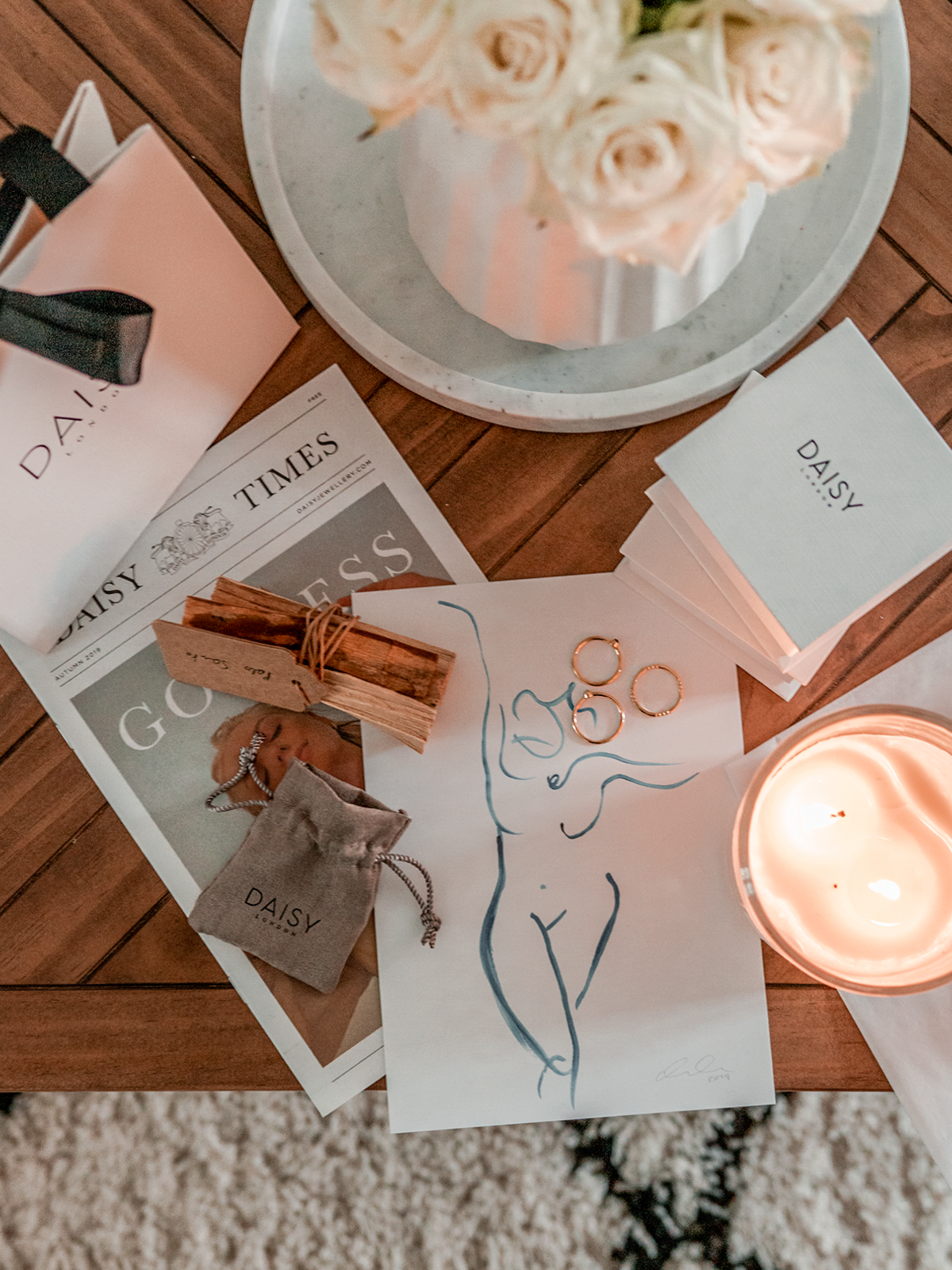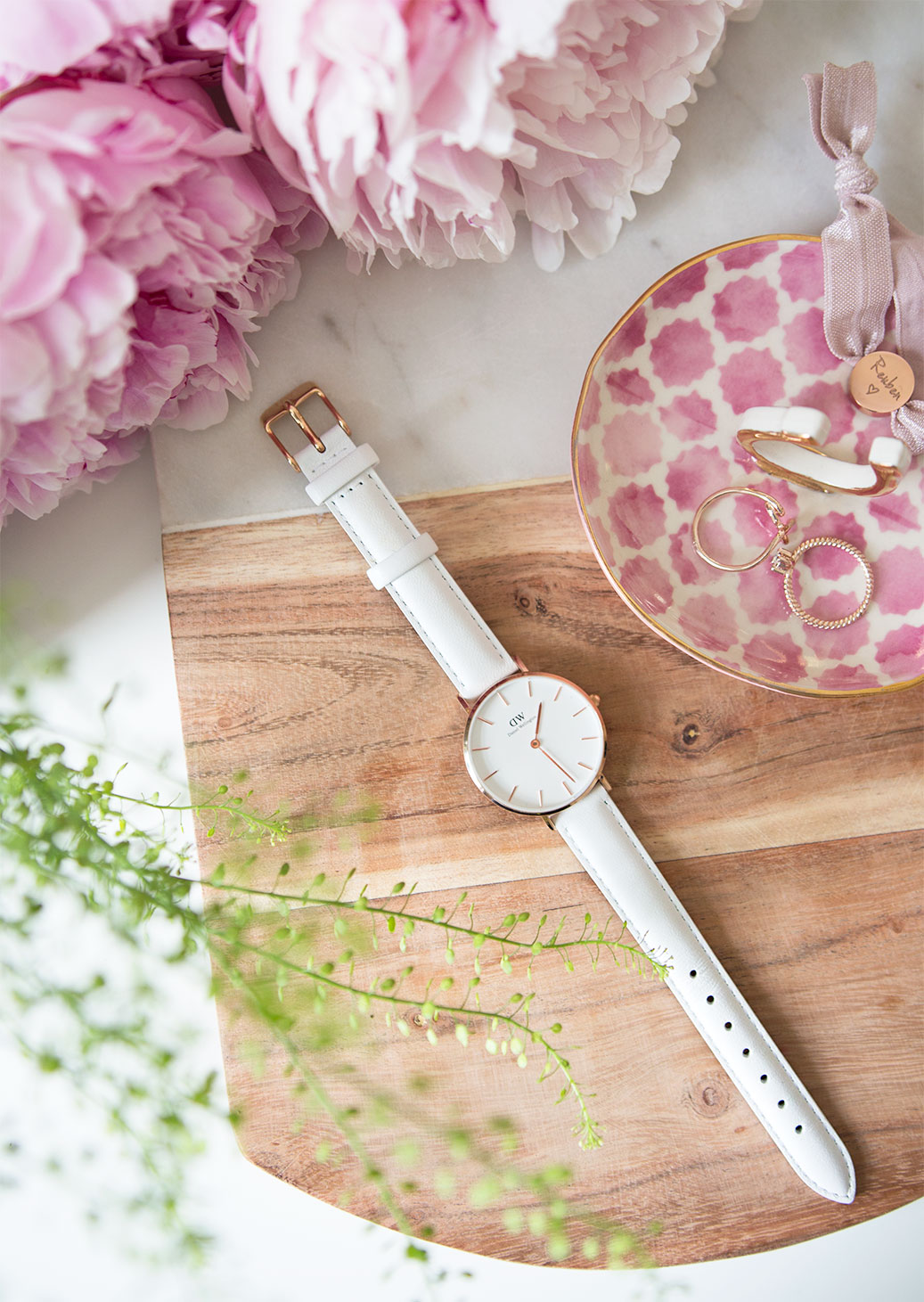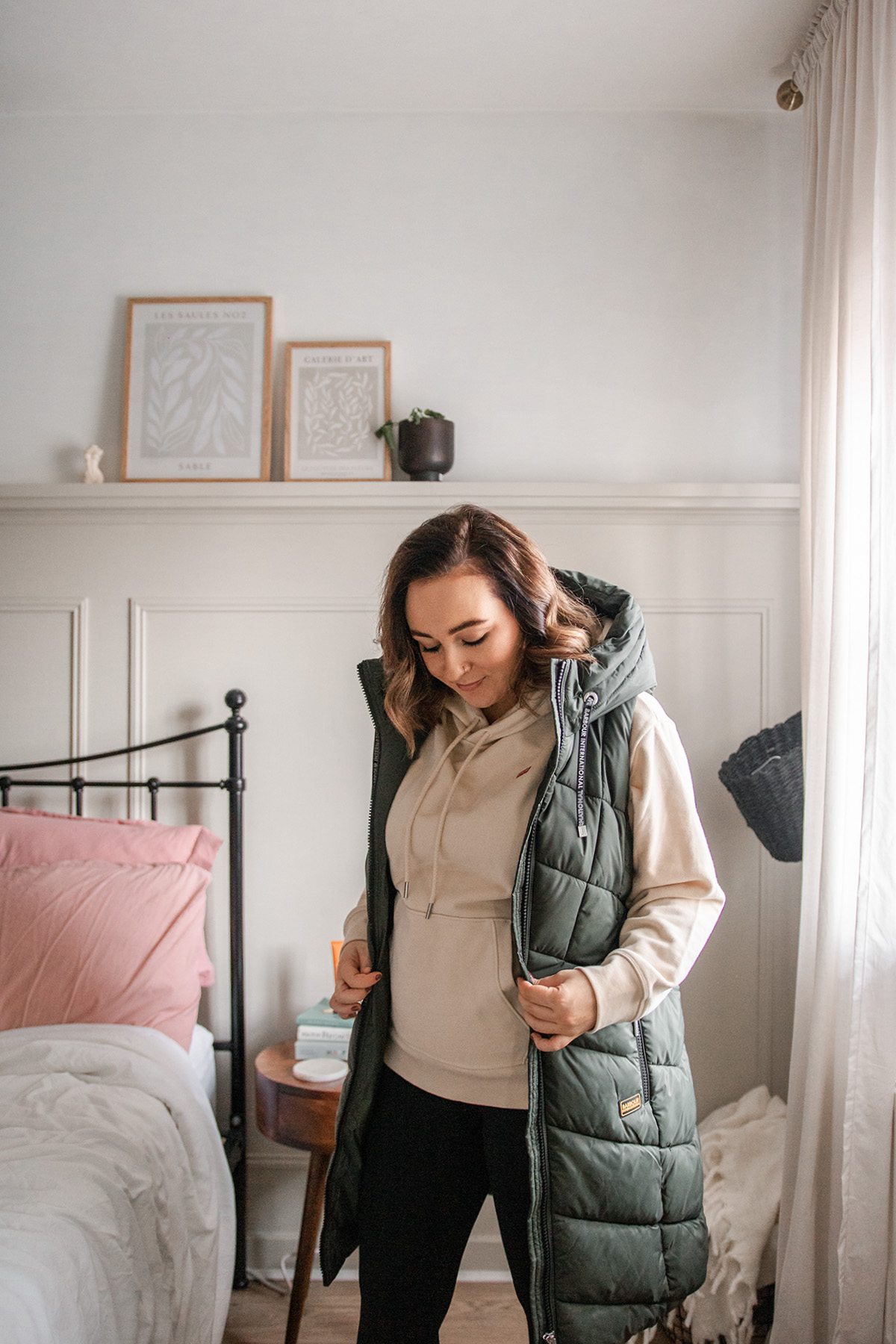
Capsule wardrobes—an intentional collection of versatile, timeless pieces designed to be mixed and matched—has become a defining concept in sustainable style. In an era of fast fashion, capsule wardrobes offer simplicity, elegance, and environmental responsibility. Now, with artificial intelligence (AI) stepping into fashion and personal styling, curating a capsule wardrobe is more intuitive than ever.
Just as tools like the best free AI chat gpt can assist a writer in reshaping thoughts or clarifying ideas, AI in fashion empowers consumers to refine their closets, discover what works for their lifestyle, and reduce decision fatigue. The marriage of capsule philosophy and AI technology creates a personalized, efficient, and future-forward approach to dressing.
Why Capsule Wardrobes Still Matter
Capsule wardrobes gained momentum in the 1970s, popularized by designer Susie Faux and later embraced by minimalist icons like Donna Karan. In 2024, their relevance is stronger than ever, driven by three main forces:
- Sustainability: According to the Ellen MacArthur Foundation, the fashion industry produces 92 million tons of textile waste annually. A curated wardrobe reduces overconsumption.
- Simplicity: Studies in decision-making show that reducing daily choices improves productivity and lowers stress. Capsule wardrobes support this psychological benefit.
- Style Consistency: By focusing on versatile basics, wearers create cohesive looks with minimal effort.
AI enhances all three aspects by analyzing preferences, predicting needs, and guiding better choices.
How AI Is Transforming Capsule Wardrobes
Personalised Style Recommendations
AI-powered apps use algorithms to learn your taste based on existing wardrobe items, purchase history, and even social media activity. For example, platforms like Finery and Cladwell employ machine learning to suggest combinations that align with your style DNA.
AI avoids the generic approach: while traditional capsule guides recommend “a white shirt, black trousers, a trench coat,” AI adapts recommendations to individual body shapes, climates, and lifestyles. A marketing executive in London and a freelance designer in Barcelona may both need capsule wardrobes, but AI will propose different core pieces tailored to their needs.
Smart Closet Organisation
AI wardrobe management tools allow users to digitize their clothing collections. By scanning barcodes or uploading photos, the system creates a digital inventory. Once this data is collected, AI can:
- Suggest outfits based on weather forecasts.
- Recommend underused items to maximize wear.
- Identify gaps (e.g., noticing that you lack layering pieces for colder months).
This approach transforms wardrobes from static collections into dynamic, responsive style systems.
Predicting Purchase Value
One of AI’s most powerful contributions is forecasting how often an item will be worn. By analyzing cost-per-wear predictions, AI highlights which pieces are investments and which are fleeting trends. This supports sustainable fashion choices and saves consumers from impulse buying.
Case Studies: AI Meets Capsule Living
Virtual Try-On Technologies
Retailers like Zalando and ASOS have incorporated AI-driven virtual fitting rooms. These tools help users visualize how capsule staples—a blazer, straight-leg trousers, or loafers—fit into their aesthetic before committing to purchase.
AI and Sustainability Tracking
Brands are increasingly integrating AI into their supply chains. For capsule wardrobes, this means recommending not only timeless items but also ethically sourced ones. Startups such as Good On You rate fashion houses based on sustainability data, and AI then aligns these insights with user wardrobe goals.
Hyper-Personalized Shopping Assistants
AI styling platforms now act as personal shoppers, learning your schedule, preferred silhouettes, and even color psychology. They propose capsule-friendly items during seasonal transitions, reducing the chance of overbuying or trend-chasing.
Benefits of AI-Driven Capsule Wardrobes
Time-Saving Efficiency
Morning outfit dilemmas are minimized. AI recommendations reduce the time spent deciding what to wear by up to 30%, according to studies on decision-making in consumer behavior.
Economic Value
By focusing on pieces that maximize cost-per-wear, AI-guided capsules reduce wasted spending. A 2023 survey by ThredUp found that 41% of shoppers regretted at least one clothing purchase monthly—AI curbs this through data-driven selection.
Sustainable Impact
Capsule wardrobes inherently reduce consumption, and AI amplifies this effect by nudging users toward eco-conscious brands and warning against duplicate purchases. This supports the UN’s Sustainable Development Goal 12: Responsible Consumption and Production.
Challenges and Limitations
Data Privacy Concerns
AI wardrobe apps often require access to purchase histories, browsing data, or social profiles. Consumers must weigh personalization benefits against potential risks to personal data.
Risk of Algorithmic Narrowing
While AI is designed to optimize style, over-reliance may limit creativity. Algorithms might reinforce existing preferences rather than encourage bold, experimental choices—a potential conflict with fashion’s spirit of innovation.
Accessibility Gap
Not all consumers have equal access to AI-powered fashion tools. To truly democratize capsule wardrobes, developers must prioritize affordability and usability across demographics.
Expert Perspectives
Fashion technologist Dr. Emma Lewis from London College of Fashion notes:
“AI doesn’t replace a stylist’s intuition—it augments it. The promise of AI-powered capsule wardrobes lies in balancing individuality with sustainability, giving consumers tools to make smarter, more ethical choices.”
Similarly, McKinsey’s 2024 State of Fashion report highlights:
“AI adoption in fashion is not only driving efficiency but also redefining consumer expectations around personalization and conscious consumption.”
The Future of Capsule Wardrobes and AI
As AI becomes more embedded in consumer apps, the vision of a universally accessible capsule wardrobe is coming into focus. Future possibilities include:
- AI-integrated wearables: Smart mirrors that generate outfits in real time.
- Circular fashion ecosystems: AI recommending resale or rental options for underused capsule items.
- Cross-platform sustainability tracking: Unified dashboards that monitor wardrobe carbon footprints.
Conclusion
AI and capsule wardrobes share a philosophy: doing more with less. While capsule wardrobes encourage mindful consumption and timeless elegance, AI provides the intelligence to personalize, sustain, and modernize the process. Together, they make effortless style not just an aspiration but an achievable reality.
By embracing AI-driven capsule wardrobes, consumers can unlock a blend of sustainability, efficiency, and individuality—proving that in fashion, less truly can be more.

